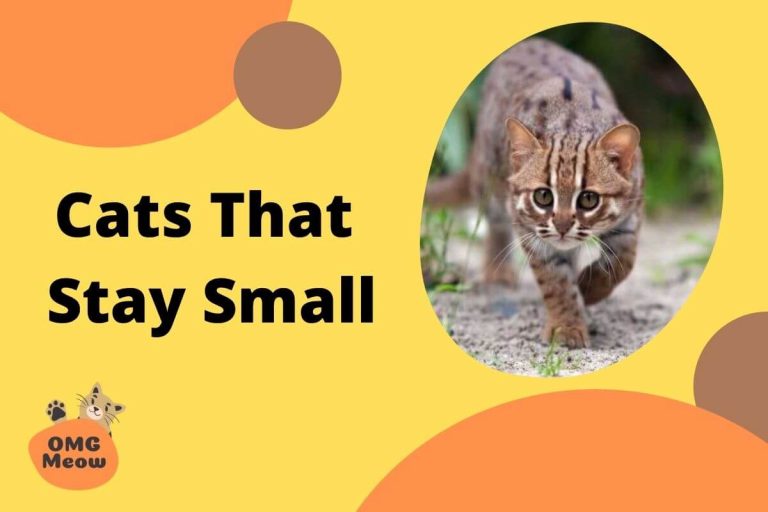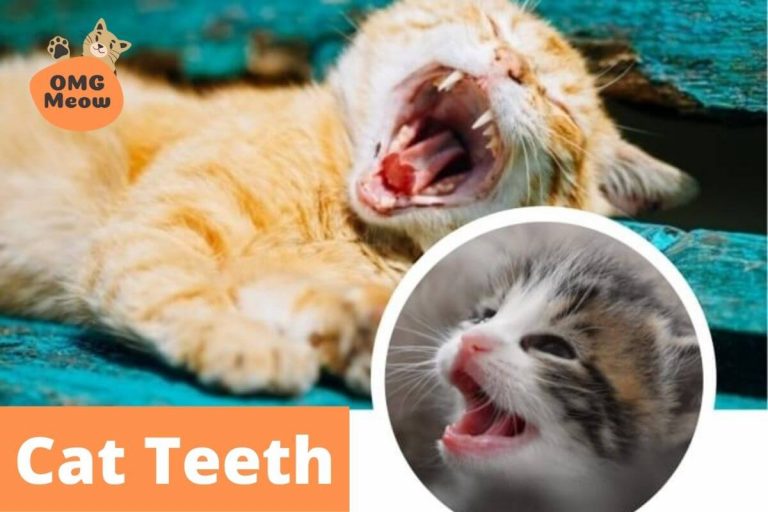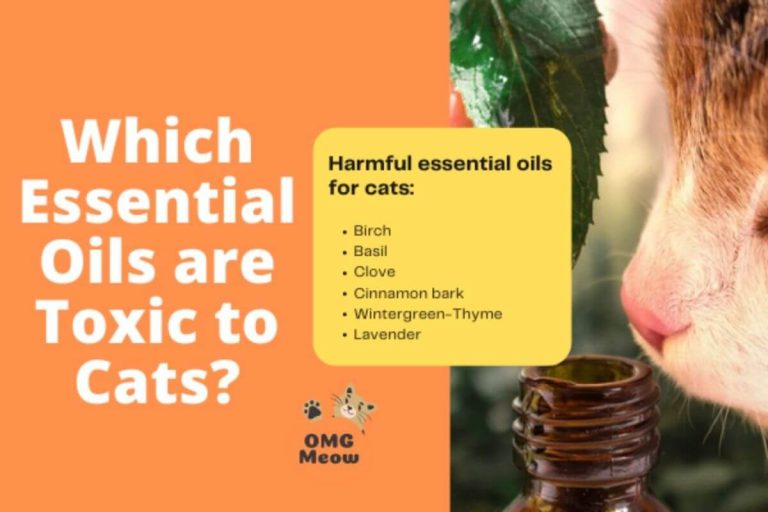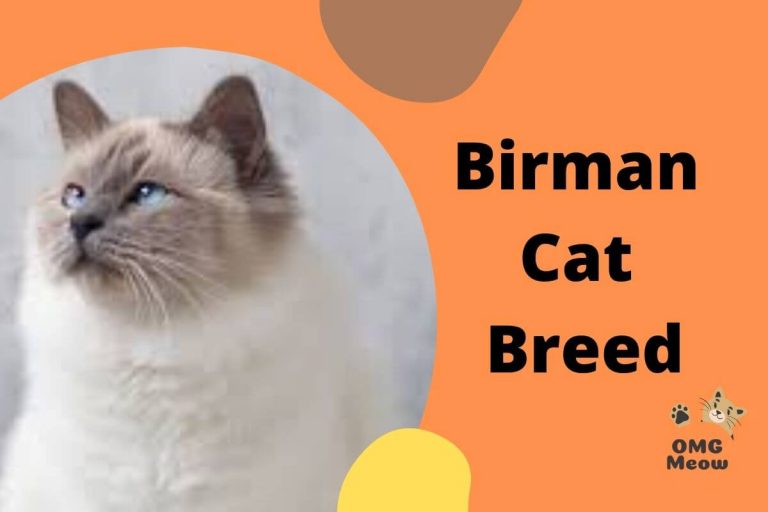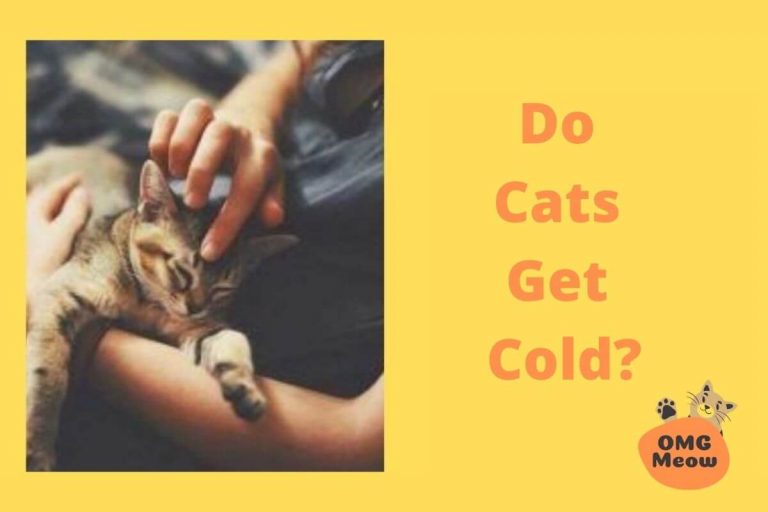Would you like to know more about the Scottish fold cat? The breeding of this beautiful and peculiar cat has been the subject of debate throughout its history. Genetic defects in the breed have generated a feeling of disapproval in different countries. However, this has not stopped him from gaining fans.
Scottish fold cat
Whether you’re considering keeping a Scottish Fold as a pet or looking for specific information about their care, personality, and common illnesses. We invite you to continue reading our Scottish fold owner’s guide article.
Characteristics: What is the Scottish fold like?
The most distinctive feature of the Scottish fold breed is its small ears, which appear folded or folded forward. Many compare its appearance to that of an owl. It should be noted that Scottish fold puppies are born with traditional ears.
Typically, these begin to double 2-4 weeks after birth. By 3 months, the kittens usually show their floppy ears.
Not all specimens develop this characteristic. Some folds are known to have erect, pointed ears.
The Scottish fold should not be confused with the American curl, a cat that also has folded ears. Differentiating them is very easy, as the Scottish fold’s ears fold forward and the American curl’s ears curve up and back.
How does it look physically?
Body
Rounded, even from shoulder to pelvis and small to medium in size. The cat has a firm posture with a well-padded, muscular body.
Weight
The average weight of the male Scottish fold is 7 to 11 pounds, and in females, it is 5 to 8 pounds.
Length
It can reach a length between approximately 25 and 76 cm (from head to tail).
Head
Well rounded, with a firm chin/jaw and a very short, flat nose. The muzzle and whisker pads are also well-rounded. The cheeks are prominent and have a dewlap appearance (especially in males). The head of the Scottish fold stands tall on a significantly short neck.
Eyes
Large, very open and round, with a sweet expression. The color of the eyes can vary depending on the color of the coat (green, blue, gold). Some cats may have odd eyes; one is blue and the other gold.
Legs
The Scottish fold has short, coarse legs. The toes, 5 on the front legs and 4 on the back legs have a neat and rounded appearance.
Tail
Its thick and feathered tail runs from medium to long but always in proportion to its length. Tail tips are sharp and flexible.
Fur
Some specimens have a short coat, and others have a medium-long coat. The fur of the beautiful fold is soft, dense, plush, and even throughout the body. Its texture may vary depending on each region’s color and seasonal changes.
Color
This breed has a wide range of colors and patterns. This includes white, black, blue, red, cream, and silver and brindle, turtle, and calico patterns.
The Scottish fold is a medium-sized cat with a rounded head, ears folded forward, and large round eyes. Their soft, dense coat exhibits a wide range of colors and can be long or short. This cat has an average life expectancy of 11 to 14 years.
Must read: Why is My Cat Sneezing a lot? What to do and How to Avoid It?
Temperament: what personality does the Scottish fold have?
Scottish fold cats are intelligent, affectionate, playful, outgoing, and social. They have a sweet, friendly, and very adaptable character; they usually get used to new people and situations quickly.
It is a loyal cat by nature. Although it allows different humans to caress and hug it, the truth is that it tends to bond a lot with a single person in the home. This does not mean that it wants to be on top of its owner all the time. It is not a demanding or clingy cat; He prefers to be near you but not on your lap.
The Scottish fold thrives best when it receives attention according to the most knowledgeable. As the owner, you need to see that your cat gets enough play. Toys that test your agility and puzzles that challenge your intelligence are always recommended.
Anything that involves human interaction will become one of his favorite activities.
Dexterous and cunning, he can often be seen opening cabinets to find a possible snack or something to play with. In addition to splashing in the water, it also steals food from you using its paws.
A curious behavior of the Scottish fold is its habit of remaining in unusual positions, such as lying entirely on the ground (like a frog), sitting, or lying on its back with its legs in the air.
He can be a vocal cat at times, but without being annoying. It is common to hear him meow in a soft and cheerful tone to communicate what he feels and interact with what is around him.
Some people mistakenly believe that the Scottish fold’s ears have less mobility. This cat can move its ears in different directions. Hence it can hear sounds and communicate effectively.
- Intelligence: high
- Independence: high
- Compliance: high
- Sociability: high
- Degree of affection towards the owner: high
- Need for attention: medium-high
- Play need: medium
- Activity level: medium
- Acceptance level towards children / other pets: high
- Vocal tendency: low
History: where and how did the breed arise?
Commonly, the origin of a new breed is due to a genetic mutation that occurs unexpectedly and naturally. Such was the case with the first Scottish fold cat.
As explained, this breed can trace its origins back to Susie, an unusually folded-eared white cat born in Scotland. Later, Susie passed this characteristic on to a part of her offspring.
The peculiar kitten was noticed by William Ross, a neighboring farmer, who in 1961 became interested and acquired one of the puppies. With this female cub named Snooks, Ross started a breeding program. Typically, the folded-eared specimens were crossed with British shorthair cats.
Sadly, Susie died after being hit by a car, but her daughter Snooks helped perpetuate the line.
This is how the first ” lop-eared cats ” arose, which were later baptized with the name of the Scottish fold in honor of the country of origin and its most distinctive characteristic.
After the breed’s boom among breeders, it was determined that the genetic mutation of the ear fold was due to a dominant gene. Hence, if one parent transmitted the gene for straight ears. Another transferred the gene for folded ears; there was a high probability that the resulting kittens had folded ears.
Another trait passed down by Susie to her descendants was a gene for long hair. The long-haired variety of Scottish fold is known as the Highland Fold.
The breed was imported to the United States in 1971. By the middle of the decade, most feline associations had recognized it. Since then, in North America, it has been obtained by crossing with the American shorthair or British shorthair cats.
Ironically, the Scottish fold is not officially recognized in its country of origin due to concerns about an increased risk of infections, deafness, and other diseases linked to the characteristic of the bent ear.
Read also: My cat Bites me for no Reason – 5 Common causes + What to do
Care: How to care for a Scottish fold at home?
Coat
First of all, it is recommended to brush regularly.
Its dense coat requires brushing once a week in short-haired specimens and twice a week if it is one with long hair. Frequent brushing of the soft and thick coat helps remove dead hairs, distribute natural oils and prevent the formation of balls or tangles.
Nails
It is recommended to trim his nails every two weeks and provide him with a scratching post.
Teeth
Good dental hygiene is essential to prevent periodontal disease. Daily cleaning is best, but it should be done at least once a week.
Ears
The owner of a Scottish fold should pay special attention to the ears. These should be inspected weekly for any signs of irritation, mites, or infection.
If they look dirty, proceed to clean them with a cotton ball or soft cloth previously moistened in a 50-50 mixture of warm water and apple cider vinegar. Avoid using cotton swabs, which can increase the risk of ear damage.
Eyes
It is also advised to wipe the corners of the eyes with a soft, damp cloth to remove any secretions. Use a different cloth area for each eye; This avoids the risk of spreading a possible infection.
Diet and nutrition
A Scottish fold should receive the same type of food as any domestic cat. It can eat wet, dry, or a combination of both. However, nutritional needs vary throughout his life. Hence you should consult your vet.
In any case, consider cats to be obligate carnivores.
Note. Regardless of breed, it is never good to overfeed a cat. This puts you at high risk of being overweight and conditions like diabetes and liver lipidosis.
References:

